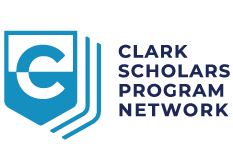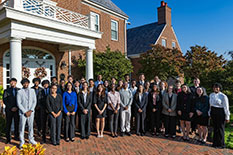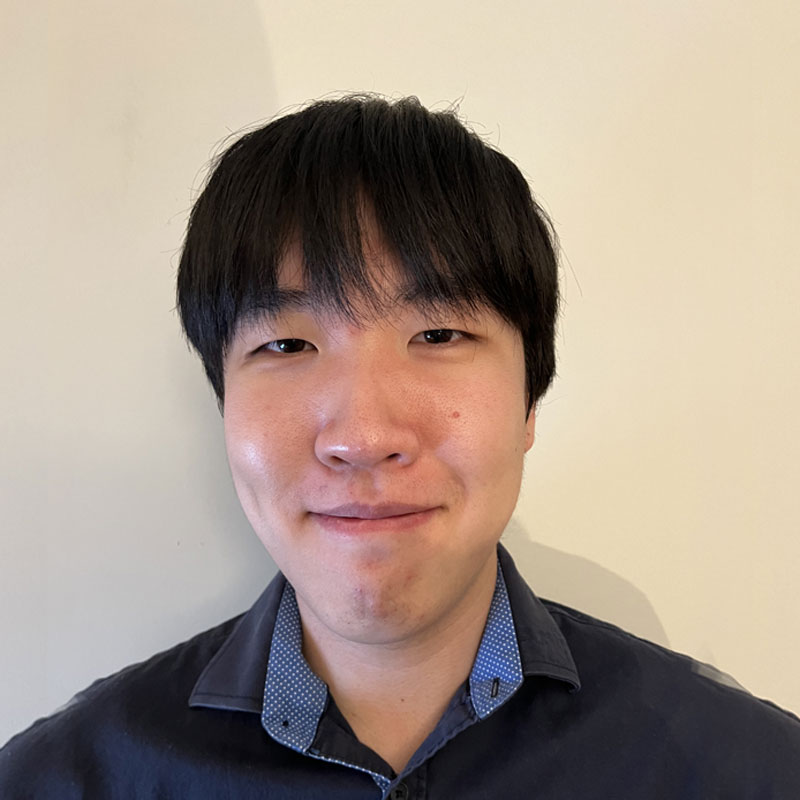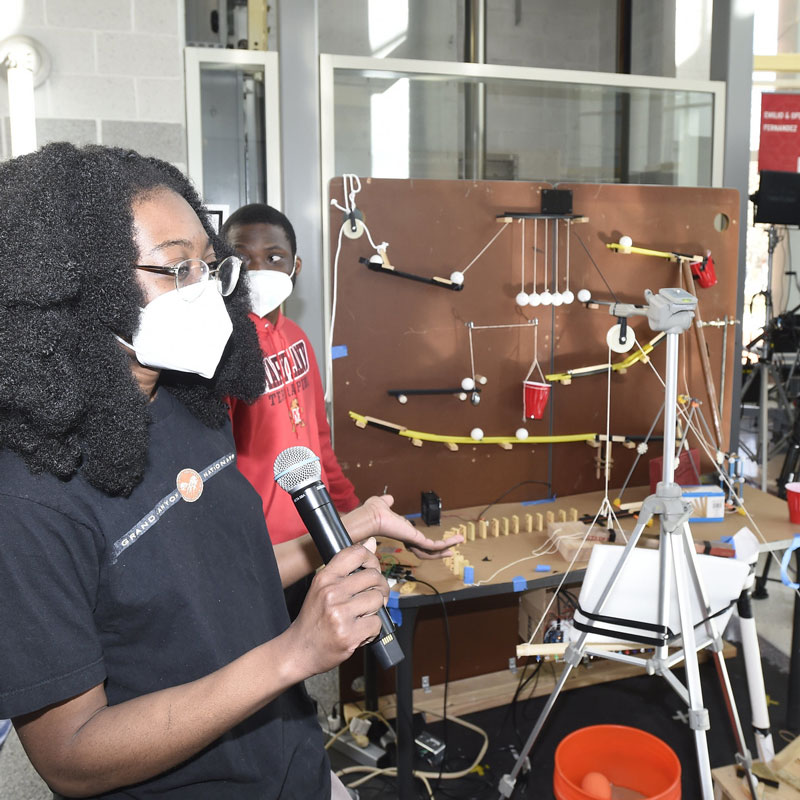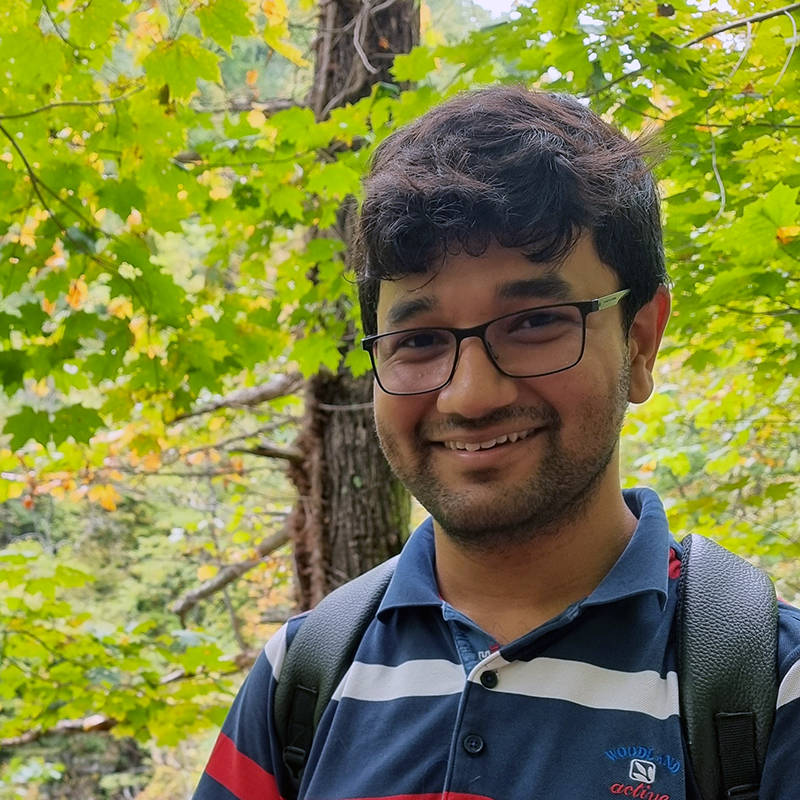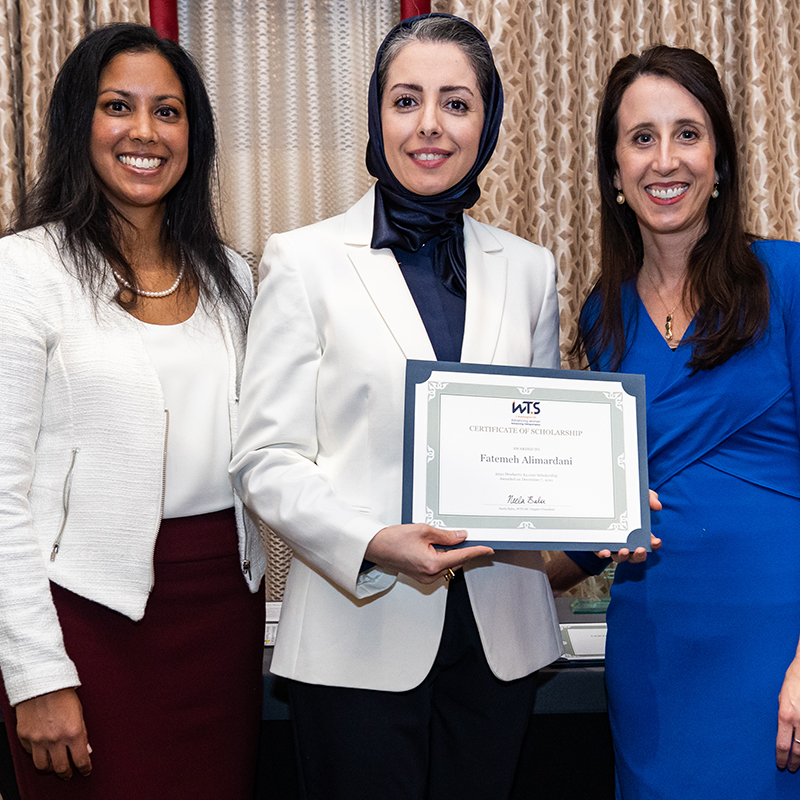News Story
Supporting Transfer Student Success

The road to a college education can take many routes—and for transfer students, the journey can pose unique challenges, from transferring course credits and coping with financial burdens to adjusting to the culture and resources of a new institution.
Maryland Engineering is committed to ensuring that transfer students—who account for approximately 17 percent of our undergraduate student population—have a smooth experience and thrive both academically and socially. The Clark School of Engineering and its transfer student office recognizes these obstacles and has positioned itself as a leader in developing programs to improve the transfer process and foster student success.
Two cornerstone programs are the Summer Pathways Scholarship Program and the Clark Opportunity Transfer Scholars (COTS) Program.
- Summer Pathways enables students to take courses not available at their community college over the summer. The program provides full funding for Maryland residents, allowing transfer students to stay on track for timely graduation, while reducing some of the financial burden.
- COTS—led by the Undergraduate Recruitment and Scholarship Programs Office—is a need-based scholarship for Maryland community college students that further supports transfer students through financial support and academic guidance.
Shannon Hayes Buenaflor, Ph.D., program director for transfer initiatives, with the support of engineering leadership, has also developed a series of events and programs designed to ease students’ transition into the Clark School community. Orientation and welcome events, along with the ClarkLEAD Transfer Welcome, introduce new students to the university’s culture while fostering leadership development and a sense of belonging. Transfer students can connect with their peers and faculty early on, helping them integrate both academically and socially.
In collaboration with four Maryland community colleges, such as the College of Southern Maryland, the Clark School has established the ENTRY Program which creates transfer pathways that align coursework with UMD’s requirements. This ensures that students’ credits transfer smoothly and better helps them prepare for the academic rigors of UMD’s engineering programs by ensuring that students have realistic expectations about the UMD learning environment. Through the ENTRY Program, the Clark School provides tailored pre-transfer advising to students at partner community colleges, focusing not just on academics but also on expectation setting.
Each year, the Clark School also hosts the Maryland Engineering Transfer Alliance (META) Conference, a vital forum for community college and high school educators, administrators, and government officials to discuss and improve pathways for engineering transfer students. The conference, which has featured speakers from the American Society for Engineering Education, the Maryland State Department of Education, the Maryland Higher Education Commission, and the National Alliance for Concurrent Enrollment Programs, fosters statewide collaboration focused on reducing transfer credit loss, increasing student perseverance in the process, and recruiting underrepresented minority students and women into engineering.
While these dedicated activities and programs put the Clark School at the forefront of building a strong, accessible education pathway for aspiring engineers, Buenaflor recognizes that the transfer process is still incredibly complex, and despite best efforts, continues to create barriers for students.
“Our goal in the Clark School or Maryland Engineering is to remove as many barriers as possible to ensure that students experience a seamless and positive transfer experience,” she explained. “I also strive to help students acknowledge the numerous skills they are gaining through the transfer process.”
For many transfer students, orientation is the first time that they may be seeing the University of Maryland campus in person. It is a much larger institution with so many opportunities, and it can be a huge change for students academically, socially, and culturally. Our goal in engineering is to help students develop a sense of community as early as possible so that students can form peer networks, develop study groups, and feel comfortable reaching out to campus resources.
Shannon Hayes Buenaflor, Ph.D., program director for transfer initiatives
Buenaflor encourages them to view transfer itself as a transferable skill, because it requires organization, attention to detail, communication, and self-advocacy.
“Transfer students bring such rich lived experiences with them into the classroom and contribute significantly to our learning environment in the Clark School,” adds Buenaflor. “By supporting transfer student success, we are investing in the larger Clark School community.”
Student Spotlight: Jeremiah Hannon's Journey to the Clark School
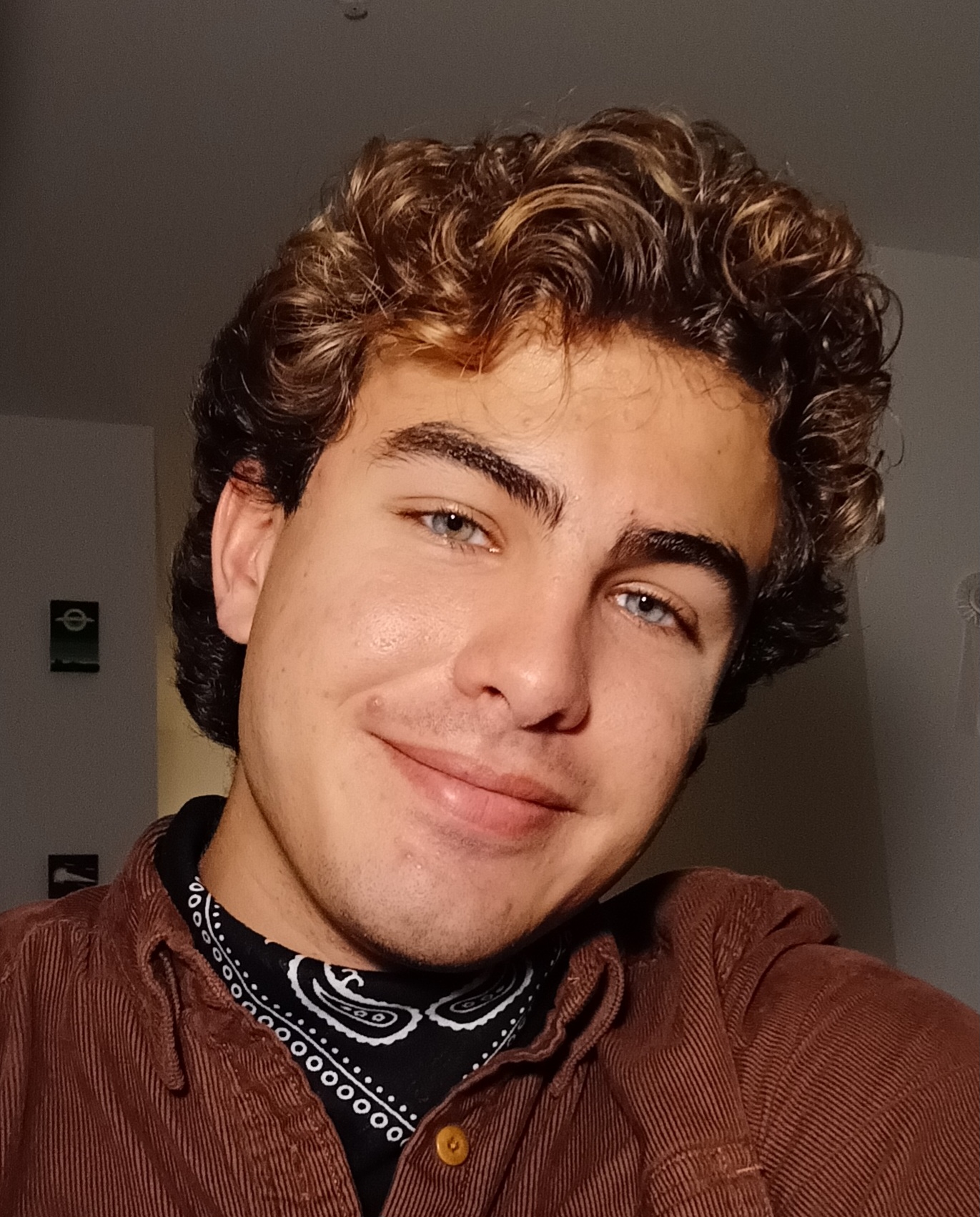 For Jeremiah Hannon, transferring to Maryland Engineering was about finding a better academic fit. After spending his first year and a half at Rutgers University, the Baltimore native realized he wanted to make an impact in engineering by finding ways to support the Chesapeake Bay—a prominent part of his childhood growing up in Maryland. Maryland, with its highly regarded civil and environmental engineering program, offered the opportunities he was seeking.
For Jeremiah Hannon, transferring to Maryland Engineering was about finding a better academic fit. After spending his first year and a half at Rutgers University, the Baltimore native realized he wanted to make an impact in engineering by finding ways to support the Chesapeake Bay—a prominent part of his childhood growing up in Maryland. Maryland, with its highly regarded civil and environmental engineering program, offered the opportunities he was seeking.
Hannon says his transfer process was smooth, thanks to the Clark School’s dedicated support for transfer students. "I was able to meet with Shannon [Buenaflor] early on, before I even started the transfer process, so I was able to build a clear plan, and know exactly which classes to take, so I'd be all set to transfer in the fall [to UMD]," he said.
Beyond academics, Hannon said transferring in was easy socially as well, thanks to orientation and welcome events geared specifically toward transfer students. “Everyone was super welcoming,” he shared. “It made the transition easier, both academically and socially. I was able to make friends, [and] it was really easy to become a part of the community.” Hannon was also connected to student organizations and joined the American Society of Civil Engineers student chapter and the Concrete Canoe team.
 Now a senior, Hannon is engaged in hands-on research, analyzing wastewater in Montgomery County to track opioid contamination under the mentorship of Alba Torrents, Ben Dyer Centennial Chair and professor of civil and environmental engineering. He plans to continue his work in graduate school, reflecting on how the transfer experience at UMD set him up for success.
Now a senior, Hannon is engaged in hands-on research, analyzing wastewater in Montgomery County to track opioid contamination under the mentorship of Alba Torrents, Ben Dyer Centennial Chair and professor of civil and environmental engineering. He plans to continue his work in graduate school, reflecting on how the transfer experience at UMD set him up for success.
Looking back on his transfer experience, Hannon emphasized the importance of utilizing available resources and building connections early on. His advice to future transfer students? "Use every resource that’s offered to you, and if there's something that’s not offered but could help, seek it out."
Published October 22, 2024

